Home>Furniture & Design>Outdoor Furniture>How To Repel Outdoor Flies
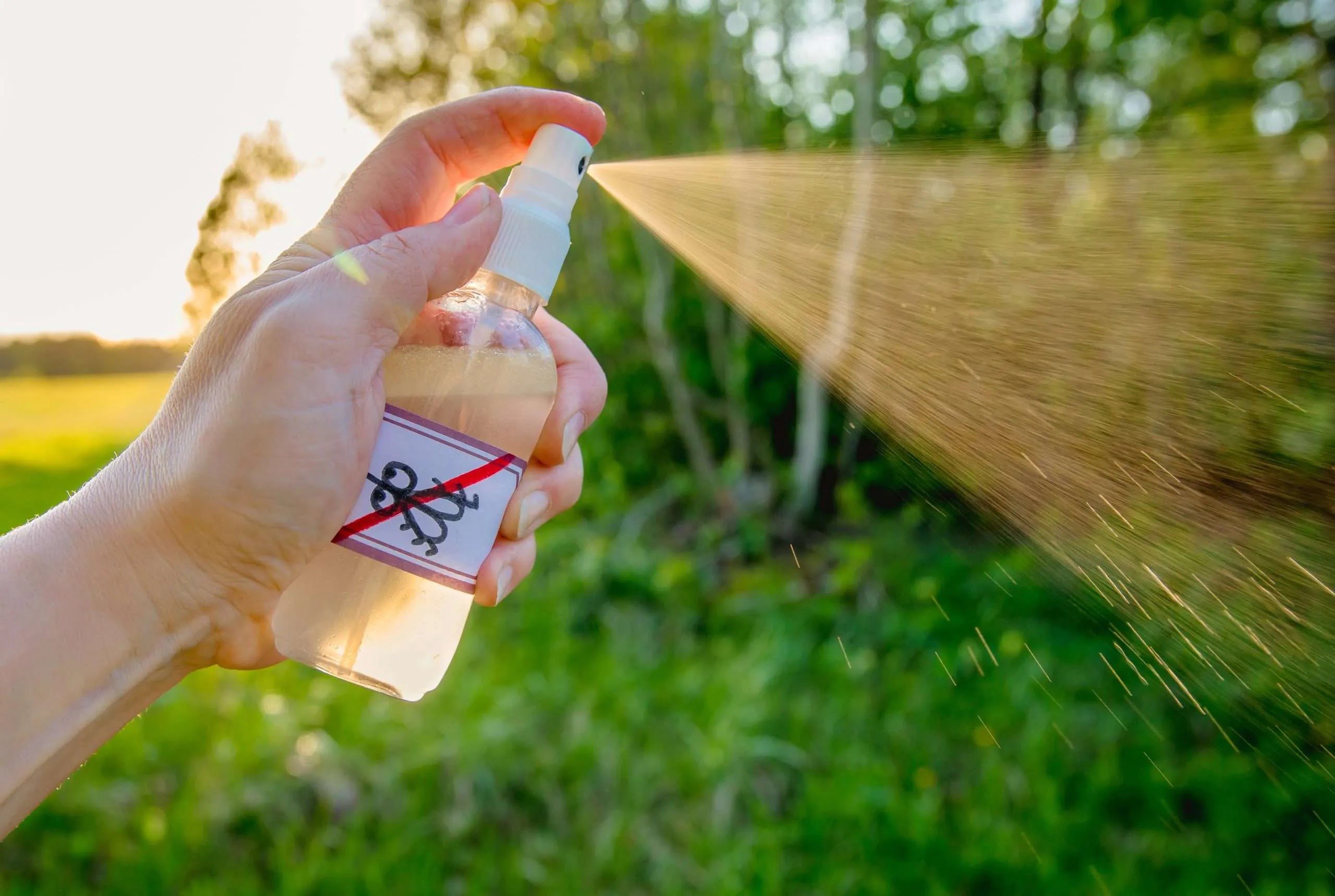

Outdoor Furniture
How To Repel Outdoor Flies
Modified: January 23, 2024
Learn effective ways to repel outdoor flies from your outdoor furniture. Discover the best outdoor furniture and design tips to keep flies away.
(Many of the links in this article redirect to a specific reviewed product. Your purchase of these products through affiliate links helps to generate commission for Storables.com, at no extra cost. Learn more)
Introduction
When the warm weather arrives and you're ready to enjoy the great outdoors, pesky flies can quickly become unwelcome guests. Whether you're hosting a barbecue, lounging on your patio, or simply trying to savor a peaceful moment in your garden, the presence of outdoor flies can quickly put a damper on your plans. However, fear not! With the right strategies and repellents, you can reclaim your outdoor space and keep those bothersome flies at bay.
In this comprehensive guide, we'll delve into the world of outdoor flies, exploring their habits and preferences, as well as the most effective methods for repelling them. From natural remedies to chemical solutions and physical control methods, we'll cover everything you need to know to enjoy a fly-free outdoor experience. So, grab a refreshing beverage, find a comfortable spot, and let's embark on a journey to reclaim your outdoor sanctuary from these persistent pests.
Key Takeaways:
- Embrace natural remedies like essential oils and vinegar traps to repel outdoor flies while creating an eco-friendly outdoor environment.
- Combine physical control methods, like sanitation and fly traps, with preventive measures to effectively manage outdoor fly populations and maintain a fly-free outdoor space.
Read more: What Outdoor Plants Repel Bugs
Understanding Outdoor Flies
Before we delve into the various methods of repelling outdoor flies, it's essential to understand the nature of these persistent pests. Flies are attracted to outdoor spaces for several reasons, primarily seeking sources of food, water, and shelter. Understanding their behavior and preferences is crucial in developing effective strategies to deter them from your outdoor areas.
Flies are particularly drawn to decaying organic matter, such as food scraps, garbage, and animal waste. Additionally, they are attracted to sugary substances, ripe fruits, and even pet food left outdoors. These food sources serve as a primary motivation for flies to infiltrate outdoor spaces, especially during warmer months when these organic materials decompose more rapidly.
Water sources also play a significant role in attracting flies. Stagnant water, such as puddles, birdbaths, and clogged gutters, provides an ideal breeding ground for flies. By understanding the importance of eliminating standing water and properly managing organic waste, you can significantly reduce the attractiveness of your outdoor area to these pests.
Moreover, flies seek shelter and resting spots in protected outdoor areas, such as under patio furniture, in dense foliage, and around outdoor structures. Understanding their preferred resting and breeding sites is essential for implementing targeted control measures.
By comprehending the factors that entice flies to outdoor spaces, you can proactively address these issues and create an environment that is less inviting to these persistent pests. Armed with this knowledge, you'll be better equipped to explore the various methods of repelling outdoor flies and reclaiming your outdoor oasis.
Natural Fly Repellents
For those seeking environmentally friendly and non-toxic solutions to repel outdoor flies, natural repellents offer a compelling alternative to chemical-based products. These remedies not only help deter flies but also contribute to a harmonious outdoor environment. Let’s explore some of the most effective natural fly repellents:
- Essential Oils: Certain essential oils, such as citronella, eucalyptus, lavender, and peppermint, are renowned for their insect-repelling properties. Creating a DIY spray by diluting these oils with water and misting it around outdoor seating areas can effectively deter flies.
- Herbs and Plants: Cultivating fly-repelling plants, including basil, mint, lavender, and marigold, in your outdoor space can naturally discourage flies. These plants emit scents that flies find unpleasant, serving as a natural deterrent.
- Vinegar Traps: Setting up vinegar-based traps by placing containers with apple cider vinegar and a few drops of dish soap in fly-prone areas can attract and trap flies. The scent of vinegar lures flies, while the dish soap reduces the surface tension, causing them to drown upon contact.
- Citrus Peels: The strong fragrance of citrus peels, such as lemon and orange, repels flies. Placing these peels in outdoor dining or lounging areas can help deter flies while imparting a refreshing aroma.
Embracing these natural fly repellents not only aids in keeping flies at bay but also contributes to a more eco-conscious and sustainable approach to outdoor pest control. By incorporating these natural remedies into your outdoor maintenance routine, you can create a pleasant and fly-free environment for relaxation and enjoyment.
Chemical Fly Repellents
When natural remedies alone may not provide the desired level of fly control, chemical fly repellents offer an additional line of defense against these persistent pests. It’s important to exercise caution and follow safety guidelines when using chemical-based products, ensuring their effective application while minimizing environmental impact. Here are some commonly used chemical fly repellents:
- Synthetic Insecticides: Aerosol sprays and residual insecticides formulated specifically for outdoor use can effectively repel and eliminate flies. These products often contain pyrethroids or pyrethrins, which target and deter flying insects upon contact.
- Fly Baits and Traps: Chemical fly baits and traps, designed to attract and eliminate flies, can be strategically placed in outdoor areas to reduce fly populations. These products utilize potent attractants and insecticidal components to control fly infestations.
- Electric Fly Zappers: Electric insect zappers, equipped with ultraviolet light to attract flies, can be installed in outdoor spaces to electrocute and eliminate flying insects upon contact with the electrified grid.
- Repellent Sprays: Ready-to-use fly repellent sprays containing chemical compounds such as DEET or picaridin can be applied to exposed skin and clothing to deter flies and other biting insects during outdoor activities.
While chemical fly repellents can provide effective control of outdoor flies, it’s crucial to prioritize safety and environmental considerations when using these products. Adhering to application instructions, storing chemicals securely, and minimizing environmental exposure are essential practices to ensure responsible utilization of chemical-based fly repellents.
When incorporating chemical fly repellents into your outdoor pest control regimen, consider their targeted application, potential impact on non-target organisms, and adherence to local regulations regarding pesticide use. By using these products judiciously and responsibly, you can enhance fly control while maintaining a safe and enjoyable outdoor environment.
Use natural repellents like citronella, eucalyptus, or lavender essential oils. Place them in a diffuser or mix with water and spray around outdoor areas to keep flies away.
Physical Fly Control Methods
Implementing physical control methods is an integral part of comprehensive fly management in outdoor settings. These methods focus on minimizing fly access to potential breeding sites, disrupting their reproductive cycle, and directly reducing their populations. By combining these strategies with other repellent measures, you can effectively mitigate fly infestations in your outdoor space. Here are some effective physical fly control methods:
- Sanitation Practices: Maintaining cleanliness in outdoor areas by promptly removing food scraps, pet waste, and decaying organic matter helps eliminate potential fly breeding and feeding sites. Regularly cleaning garbage bins and disposing of organic waste in sealed containers is essential for fly prevention.
- Screening and Sealing: Installing fine mesh screens on windows, doors, and outdoor dining areas can prevent flies from entering indoor and outdoor spaces. Additionally, sealing cracks, gaps, and entry points in outdoor structures helps restrict fly access and nesting opportunities.
- Fly Traps and Sticky Ribbons: Deploying fly traps, including sticky ribbons and adhesive boards, in fly-prone areas can effectively capture and reduce fly populations. These traps utilize attractants to lure flies and prevent them from becoming a nuisance.
- Fly Swatters and Swatting Techniques: Utilizing traditional fly swatters or handheld electric fly swatters enables targeted control of individual flies in outdoor areas. Employing proper swatting techniques helps minimize fly presence during outdoor activities.
By integrating these physical control methods into your outdoor fly management approach, you can actively disrupt the breeding, feeding, and resting behaviors of flies, thereby reducing their impact on your outdoor experience. Combining physical control measures with natural and chemical repellents creates a comprehensive strategy for effectively managing fly populations in outdoor environments.
Read more: How To Get Rid Of Outdoor Flies
Preventing Outdoor Flies
Prevention is key to maintaining a fly-free outdoor environment. By implementing proactive measures to deter flies and minimize their attraction to your outdoor space, you can significantly reduce the likelihood of infestations and nuisance encounters. Let’s explore effective strategies for preventing outdoor flies:
- Proper Waste Management: Regularly disposing of organic waste, sealing garbage bins, and composting responsibly helps eliminate potential food sources and breeding sites for flies.
- Maintaining Outdoor Hygiene: Cleaning outdoor dining and cooking areas, pet living spaces, and garbage receptacles regularly reduces odors and organic residues that attract flies.
- Strategic Landscaping: Minimizing standing water, trimming overgrown vegetation, and strategically placing fly-repelling plants help create an environment less conducive to fly activity.
- Screening and Sealing: Installing and maintaining screens on doors, windows, and outdoor structures prevents flies from entering and nesting in indoor and outdoor areas.
- Regular Inspections: Conducting routine inspections of outdoor spaces for potential fly breeding sites, such as clogged gutters and stagnant water, allows for timely intervention and mitigation.
- Outdoor Lighting Management: Using yellow or sodium vapor lights instead of standard white lights reduces attraction to flying insects, including flies, during evening hours.
By proactively addressing the factors that attract flies to outdoor spaces and implementing preventive measures, you can create an environment that is less hospitable to these persistent pests. Consistent application of these preventive strategies not only minimizes fly presence but also fosters a more enjoyable and hygienic outdoor experience for you and your guests.
Conclusion
As you venture into the realm of outdoor living and recreation, the presence of flies should not overshadow your enjoyment of these spaces. By gaining insights into the behavior of outdoor flies and exploring a range of repellent and control methods, you can reclaim your outdoor sanctuary from these persistent pests.
From natural remedies, such as essential oils and fly-repelling plants, to chemical solutions and physical control methods, there are numerous approaches to effectively repel and manage outdoor flies. Embracing a holistic approach that combines preventive measures with targeted repellents enables you to create a harmonious outdoor environment that is less inviting to these bothersome insects.
Whether you opt for eco-friendly natural repellents, carefully applied chemical solutions, or diligent physical control methods, the goal remains the same: to enjoy your outdoor spaces without the unwelcome presence of flies. By integrating these strategies into your outdoor maintenance routine, you can mitigate the impact of flies and create a more inviting and hygienic outdoor environment for relaxation, dining, and recreation.
As you embark on your journey to repel outdoor flies and reclaim your outdoor oasis, remember that a proactive and multifaceted approach is key to long-term success. By combining knowledge, prevention, and strategic repellent measures, you can transform your outdoor spaces into havens of tranquility, free from the persistent nuisance of flies.
So, go ahead, savor those outdoor gatherings, unwind on your patio, and revel in the beauty of your garden, knowing that you have the tools and know-how to repel outdoor flies and create a delightful outdoor experience for yourself and your loved ones.
Frequently Asked Questions about How To Repel Outdoor Flies
Was this page helpful?
At Storables.com, we guarantee accurate and reliable information. Our content, validated by Expert Board Contributors, is crafted following stringent Editorial Policies. We're committed to providing you with well-researched, expert-backed insights for all your informational needs.
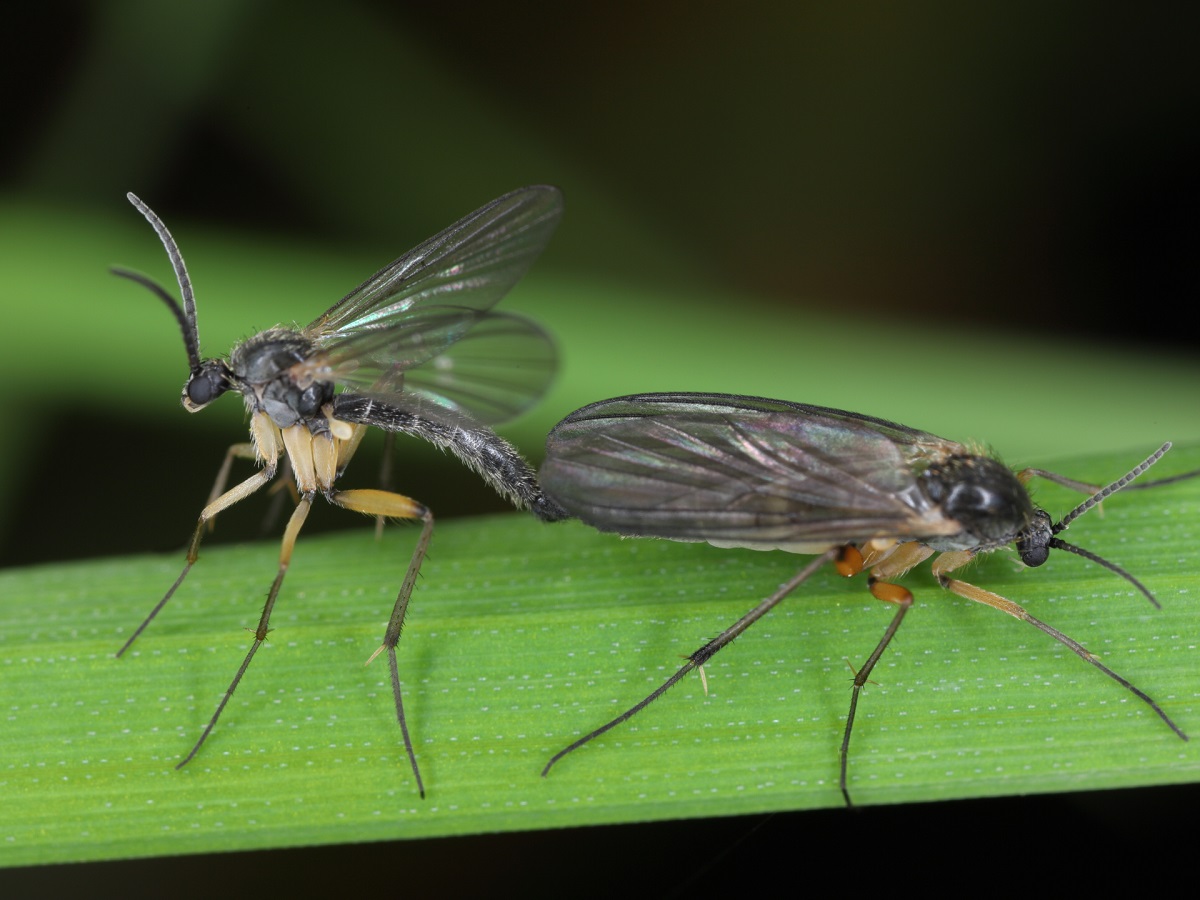
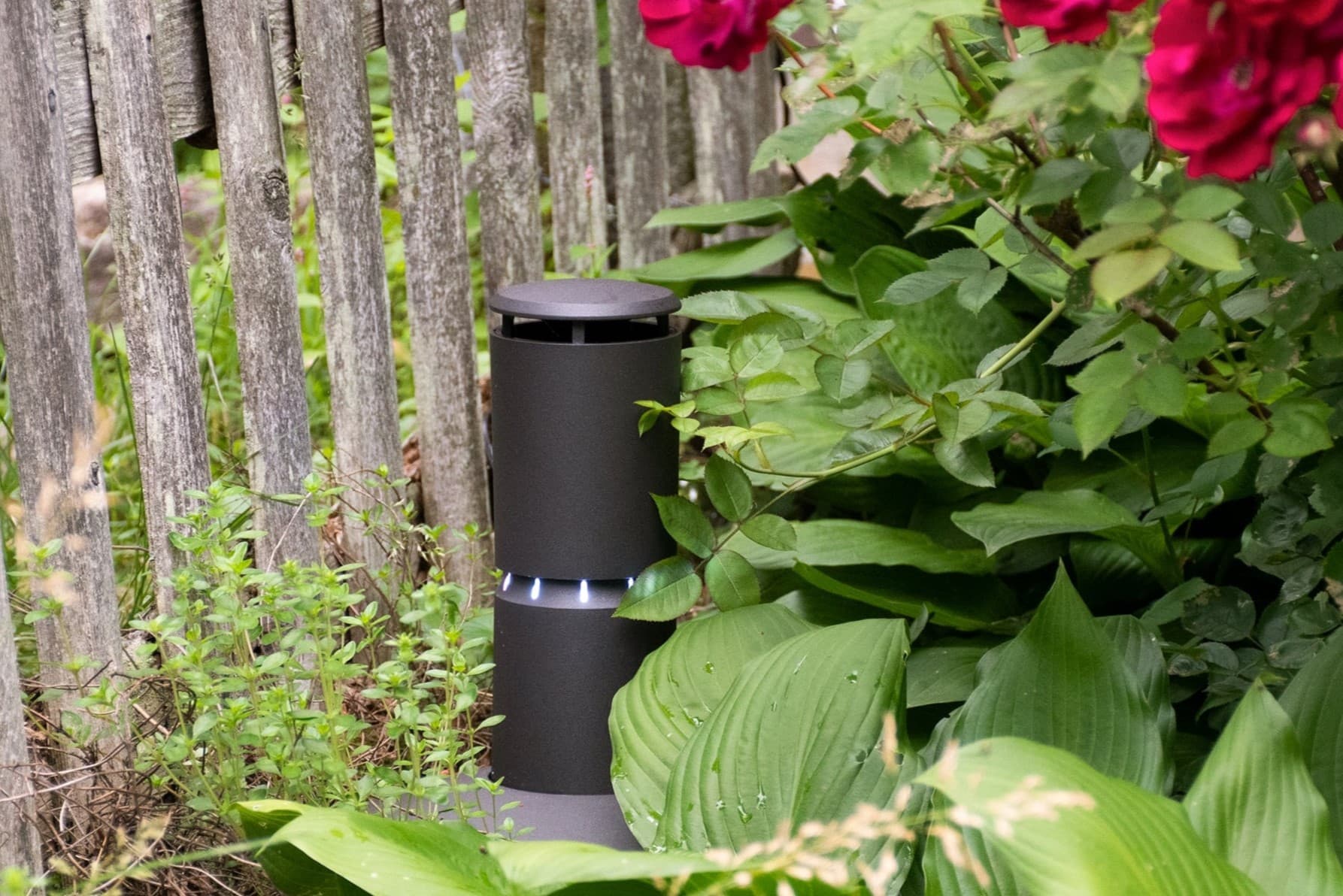
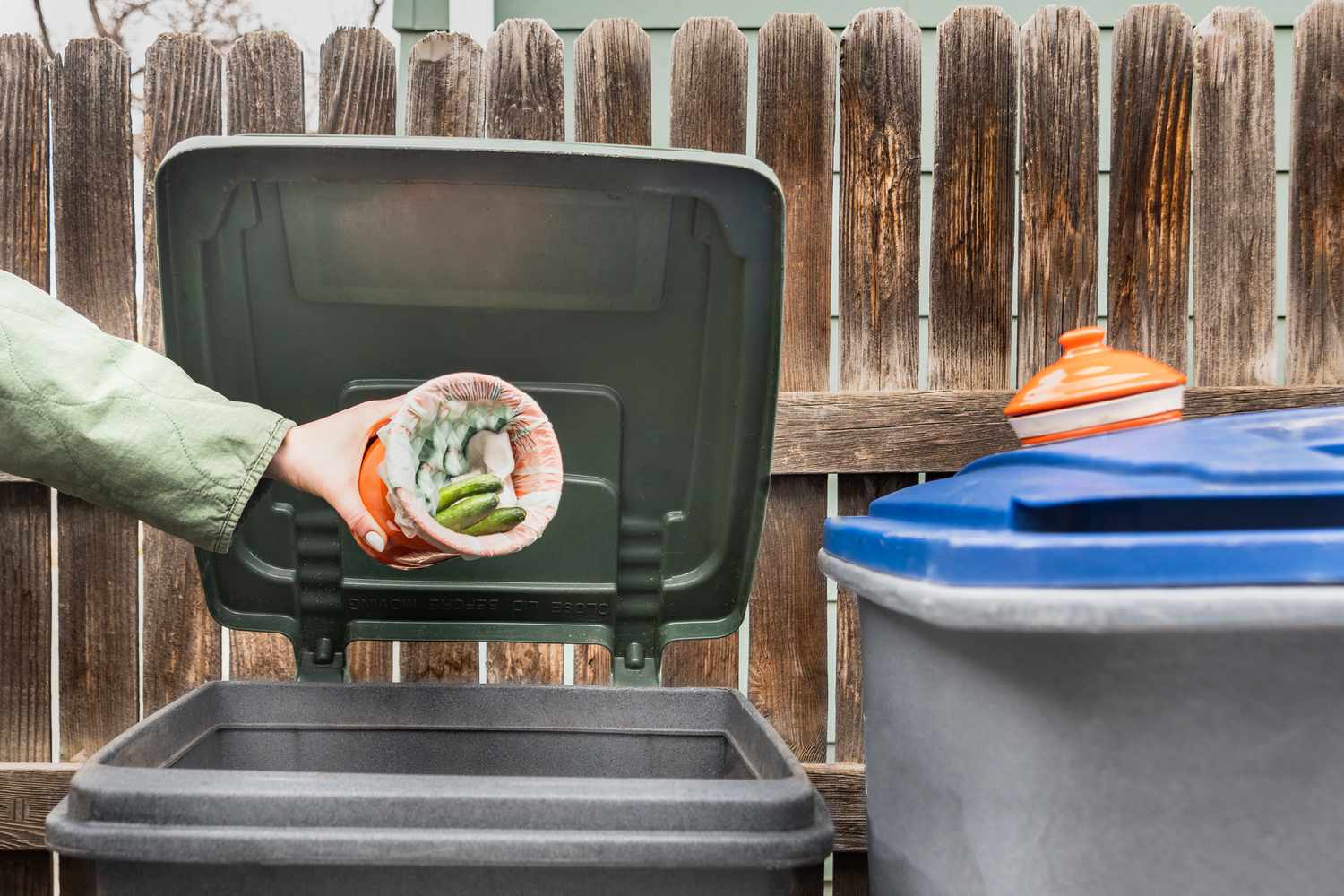
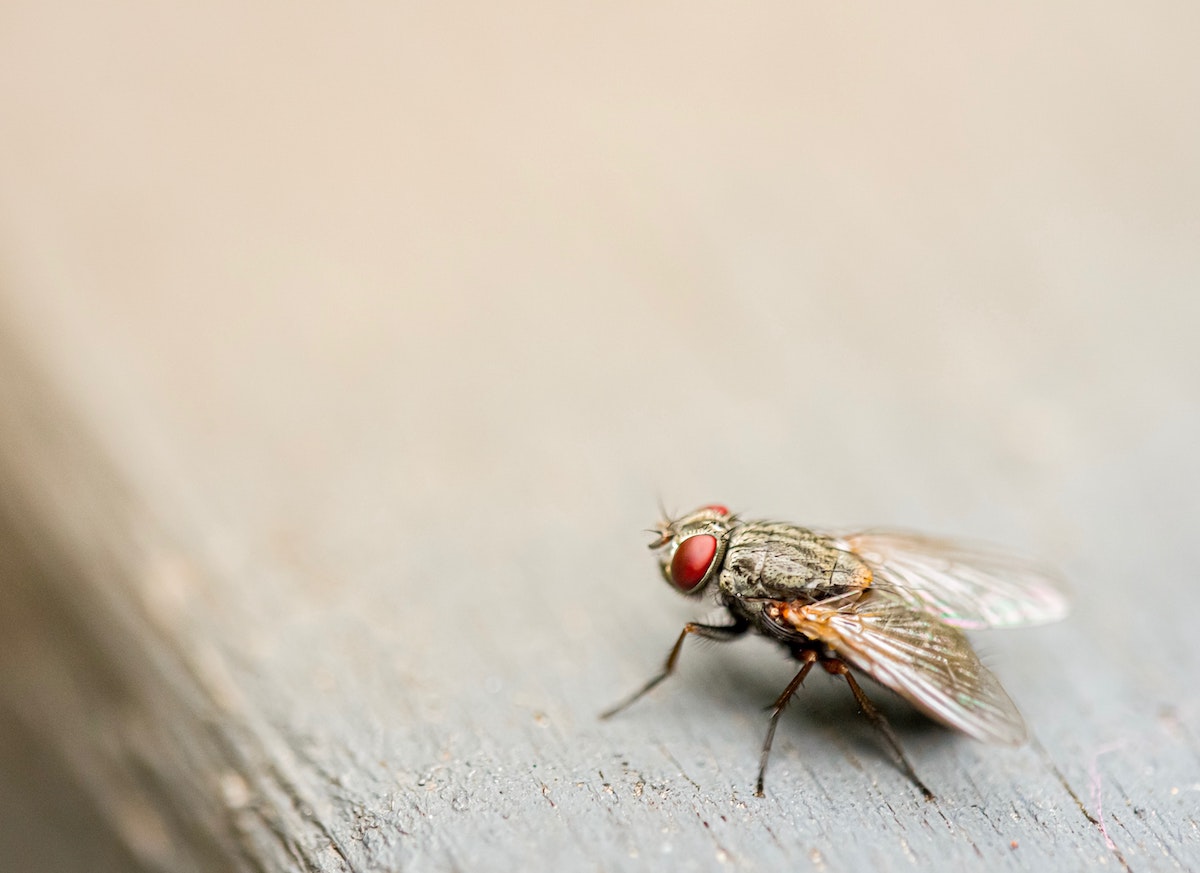
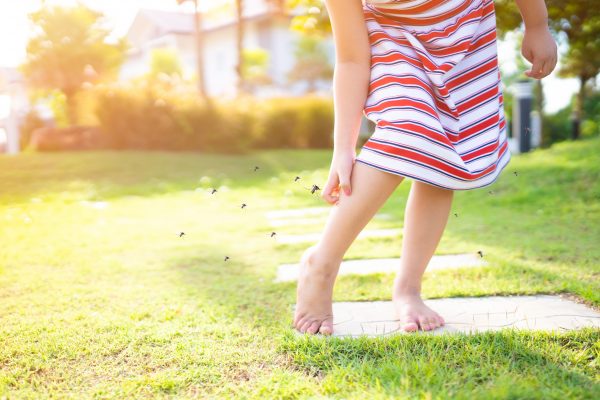

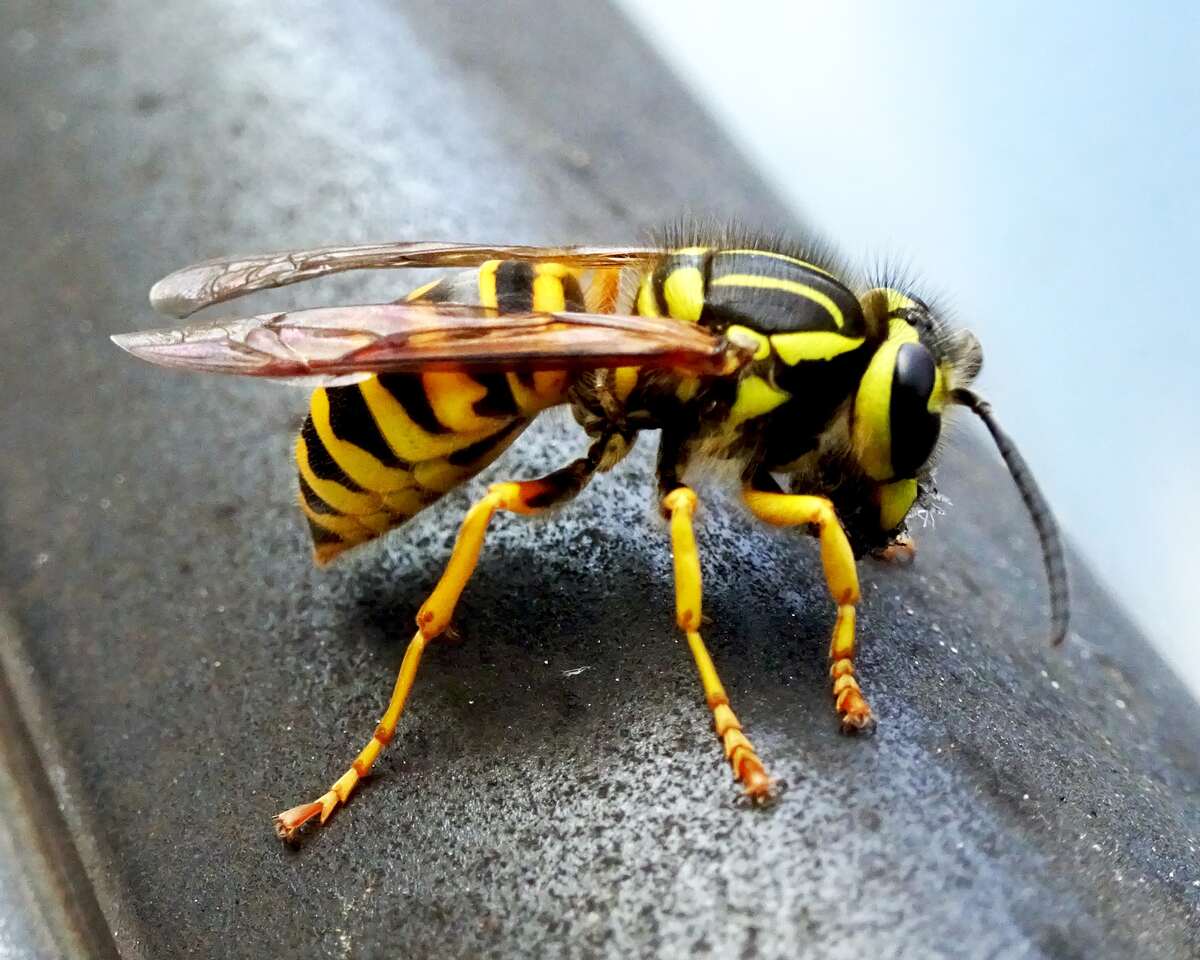

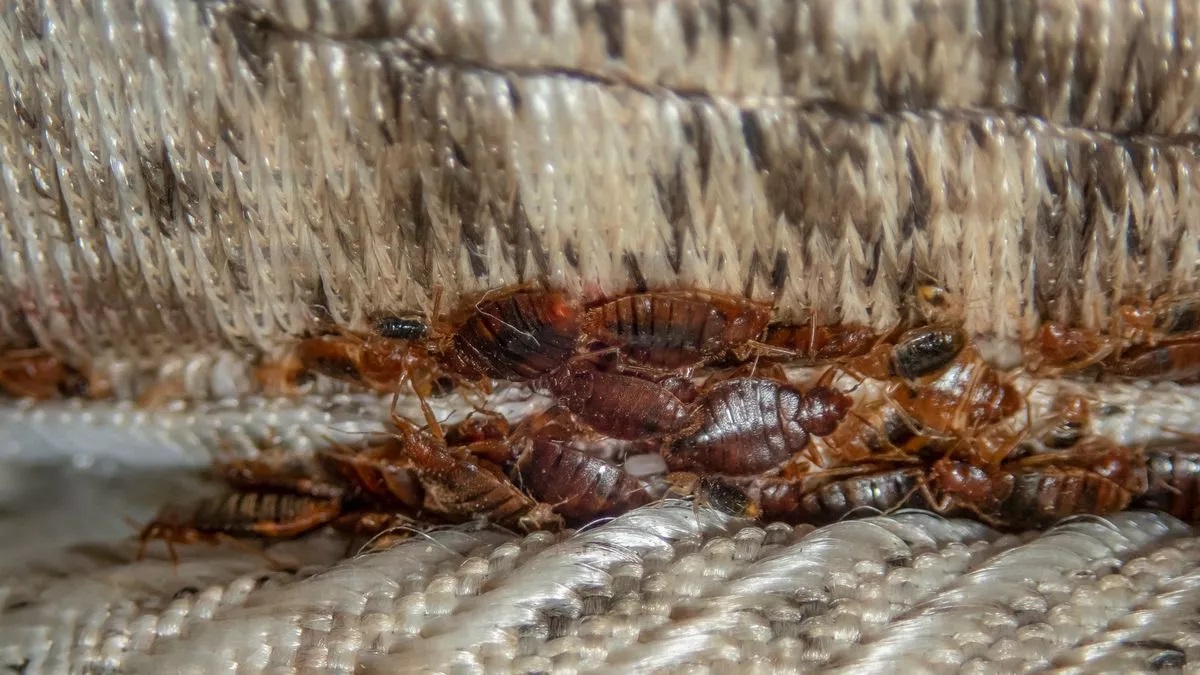
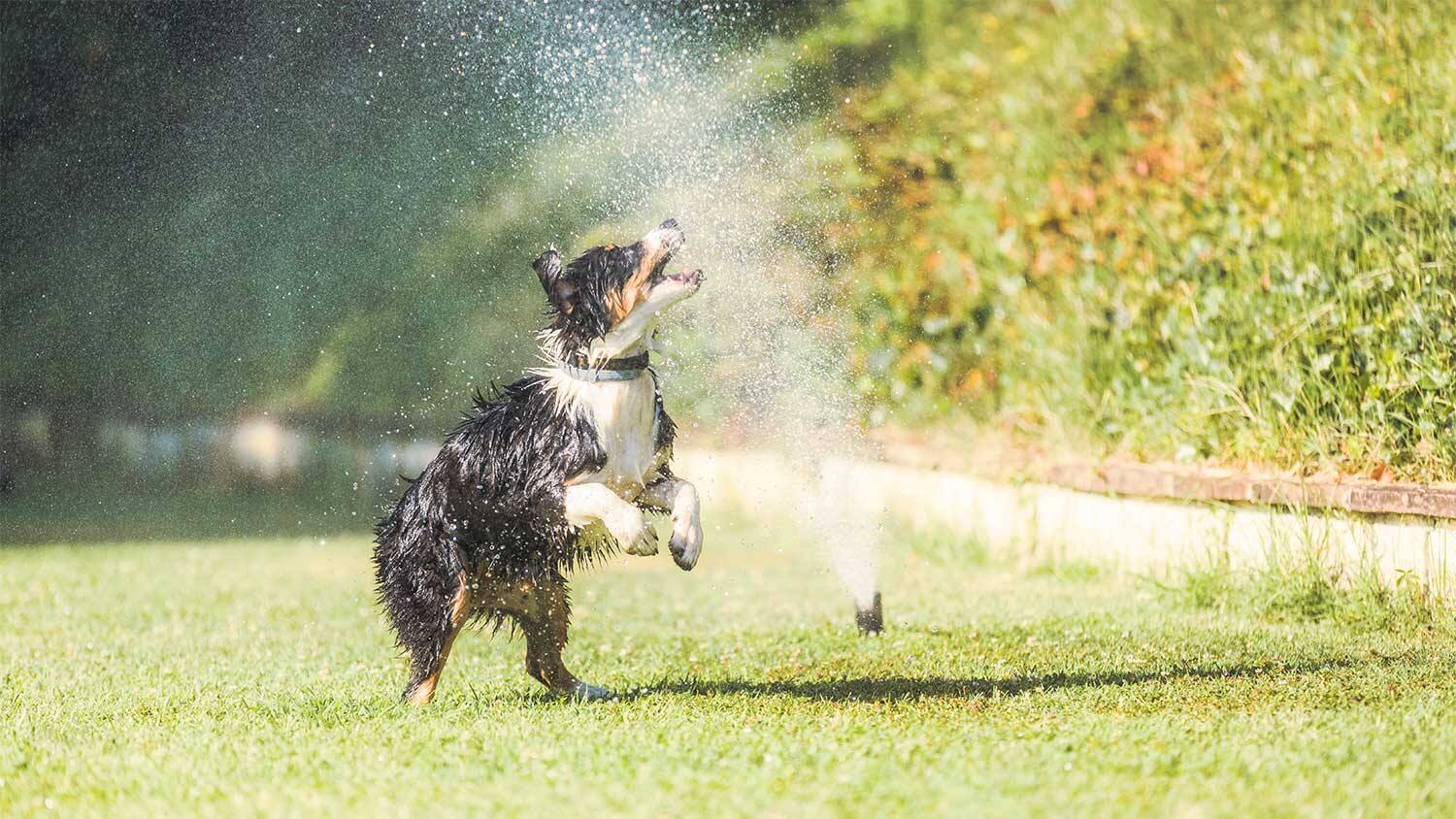
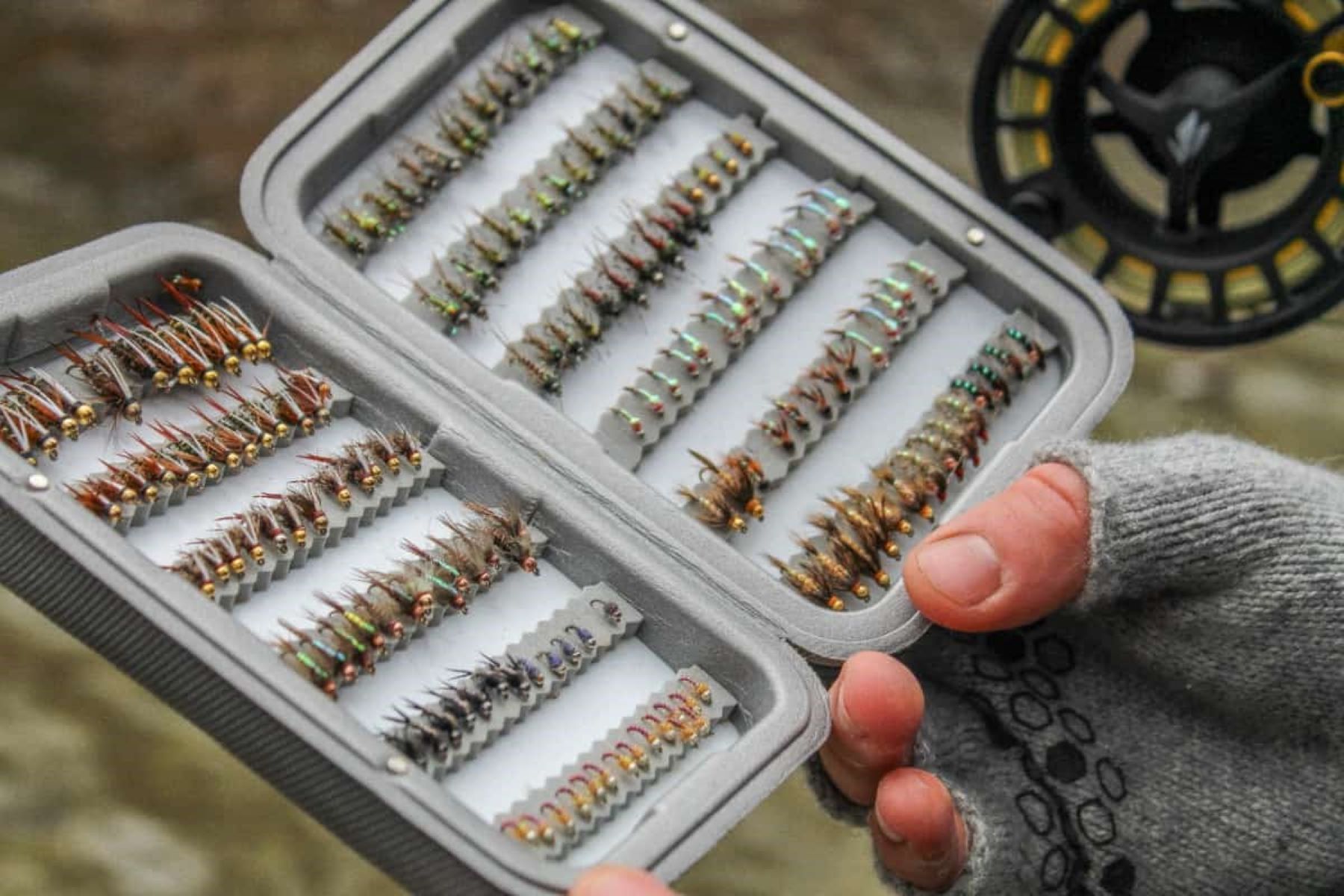
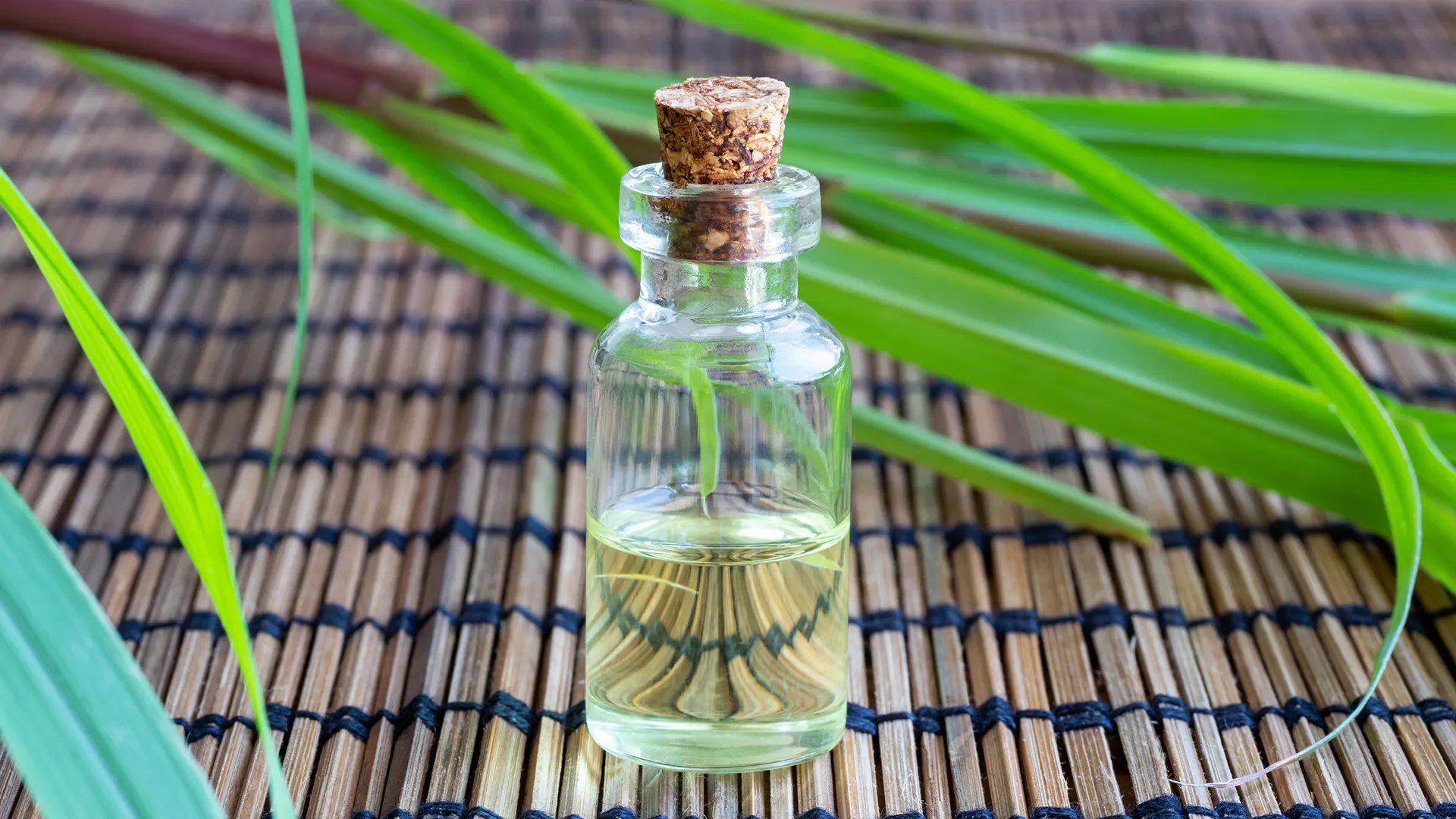
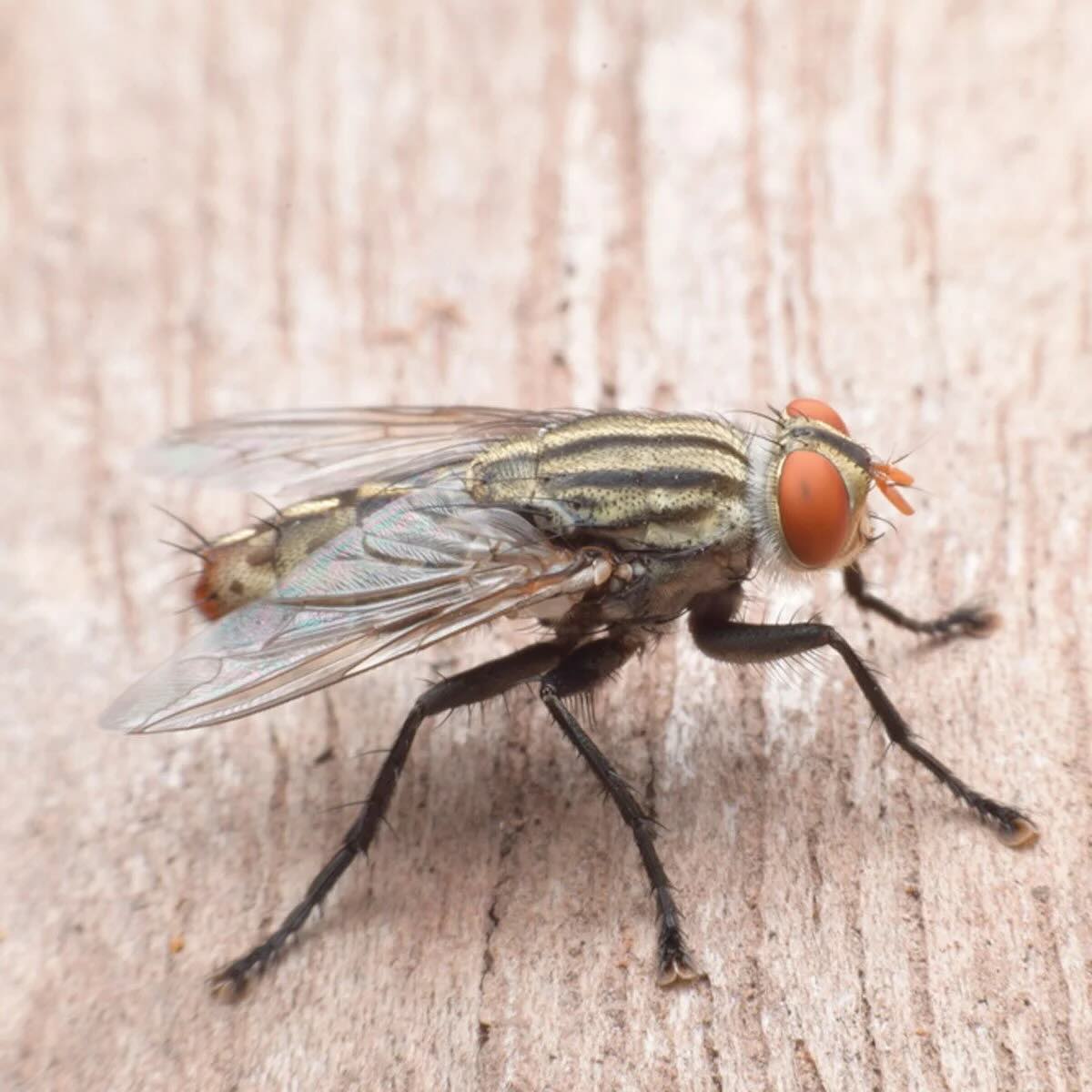
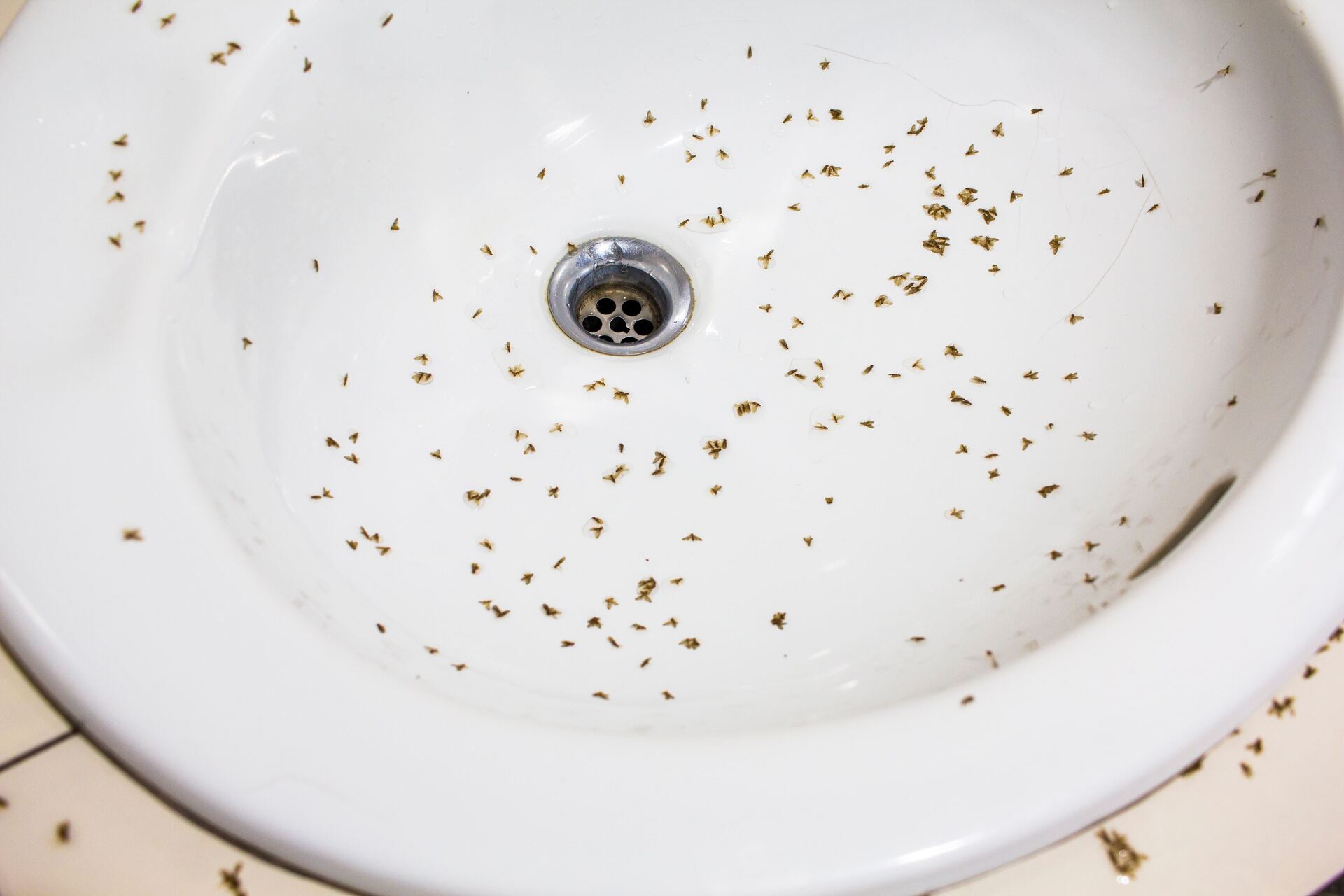

0 thoughts on “How To Repel Outdoor Flies”